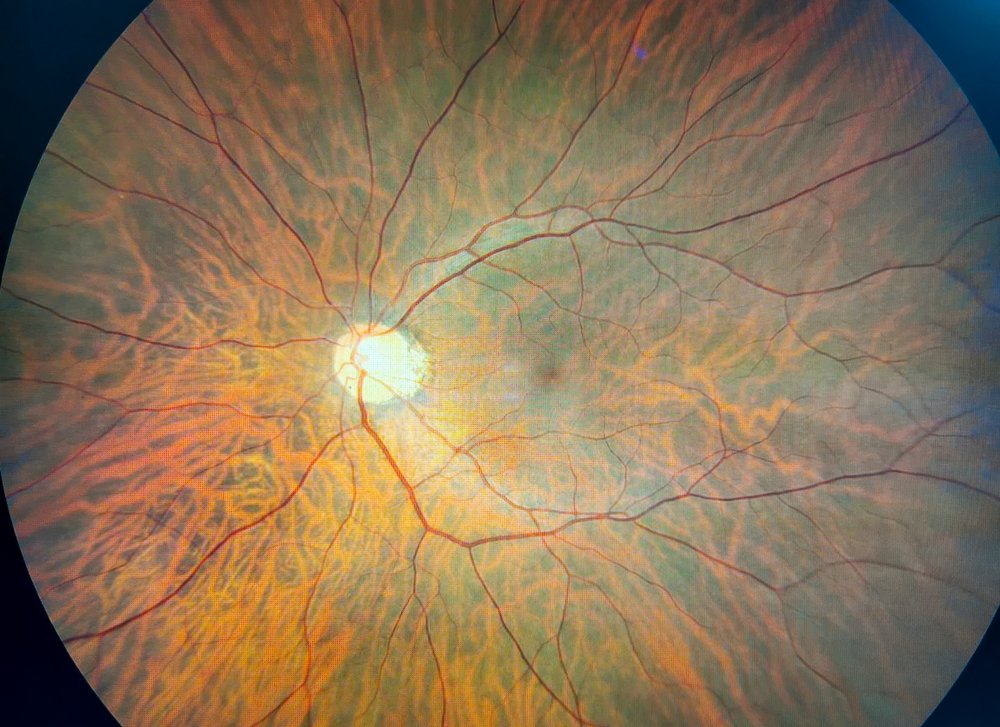Retinitis pigmentosa (RP) is a debilitating group of eye disorders causing the gradual loss of central, colour, and night vision. As a result of the death of light-sensitive cells in the retina, RP lacks a definitive cure and poses an ongoing challenge for scientists in the field.
Based on data from Grand View Research, the worldwide retinal disorder treatment market was valued at approximately USD 12.57 billion in 2022. It is anticipated to grow at a compound annual growth rate (CAGR) of 9.3% between 2023 and 2030.
As RP’s prevalence prompts significant investments into research, a groundbreaking study from the University of California, Irvine (UCI) may herald a new era of treatment.
A Revolutionary Approach to RP Treatment
A team from UCI has taken a unique approach to tackling RP, focusing on the rhodopsin molecule, a critical element in human vision. Their study, published in Nature Communications, used llama-derived antibodies, or nanobodies, to stabilise the rhodopsin molecule, opening doors for future therapies.
What sets these nanobodies apart is their ability to bind to a novel site on the rhodopsin molecule, providing high specificity and potentially halting the disease’s progression. Krzysztof Palczewski, PhD, from UCI, notes that the complex nature of RP, with over 150 known mutations in rhodopsin, makes this a monumental achievement.
This breakthrough has vast implications for treating not just RP but potentially other retinal diseases. However, it’s crucial to note that high-resolution investigation of rhodopsin has historically been difficult, and the path to commercialisation faces hurdles such as regulatory approval, the cost of gene therapies, and the need for extensive clinical trials.
Several startups in the sector, such as Sana Biotechnology and Editas Medicine, are already attracting heavy investments, signalling strong interest and potential for gene therapy in treating eye conditions.
The UCI researchers have future plans to enhance these nanobodies’ effectiveness further and explore their potential as a gene therapy for RP. This could involve pre-clinical models and eventually clinical trials to evaluate the safety and effectiveness of this novel approach.
Arum Wu, PhD researcher and project scientist at UCI, stated, “In the future, we hope to involve the in vitro evolution of these initial set of nanobodies, .” Their research could dramatically shift the paradigms in retinal disease treatment, presenting a gleam of hope in an otherwise bleak landscape.
With pioneers like UCI pushing boundaries in therapeutic research, there’s also a surge in innovative startups leveraging the latest technological advancements for retinal disorder treatments
Startups like Nanovision are making strides in the domain of retinal disorder solutions. Nanovision is at the forefront, crafting advanced devices through nanotechnology to treat ocular diseases by modifying electrical neural stimulation.
Their cutting-edge technology incorporates assemblies of light-sensitive optoelectronic nanowires, which are designed to be so compact that they can be configured into minute electrodes. These electrodes play a pivotal role in the neural retinal stimulation system. Coupled with integrated circuits, these nanowire assemblies not only control the light-triggered electrical pulses but also empower the system to maintain peak output levels.
Conclusion
By focusing on a novel approach that uses llama-derived antibodies to target a critical molecule in retinal diseases, UCI researchers have paved the way for innovative treatments that could transform the future of eye healthcare.
Author:
Arnold Kristoff
Content Producer and Writer
Nano Magazine


